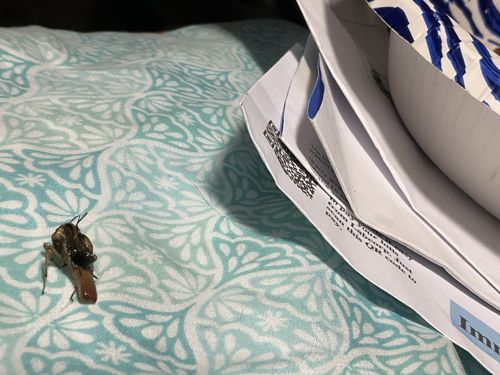Crane Fly
Scientific Name: Tipulidae
Order & Family: Diptera, Tipulidae
Size: Typically 2-100 mm (0.08 - 3.9 inches) in body length, with leg spans potentially much larger.

Natural Habitat
Damp environments, near water sources, forests, fields, and sometimes indoors if attracted to lights.
Diet & Feeding
Adult crane flies generally feed on nectar or decaying plant matter, with some species not feeding at all. Larvae (known as 'leatherjackets') are typically detritivores, feeding on decaying organic matter in soil, but some can be herbivorous, consuming plant roots.
Behavior Patterns
Adult crane flies are often mistaken for large mosquitoes due to their long legs and slender bodies, but they do not bite. They are generally weak flyers and are often attracted to lights at night. Their larvae live underground or in aquatic environments.
Risks & Benefits
Crane flies pose no direct risks to humans as adults do not bite or sting. Some larvae can be considered pests in lawns and crops if they feed on roots, causing damage. However, they also play a role in decomposition and as a food source for other animals.
Identified on: 9/27/2025